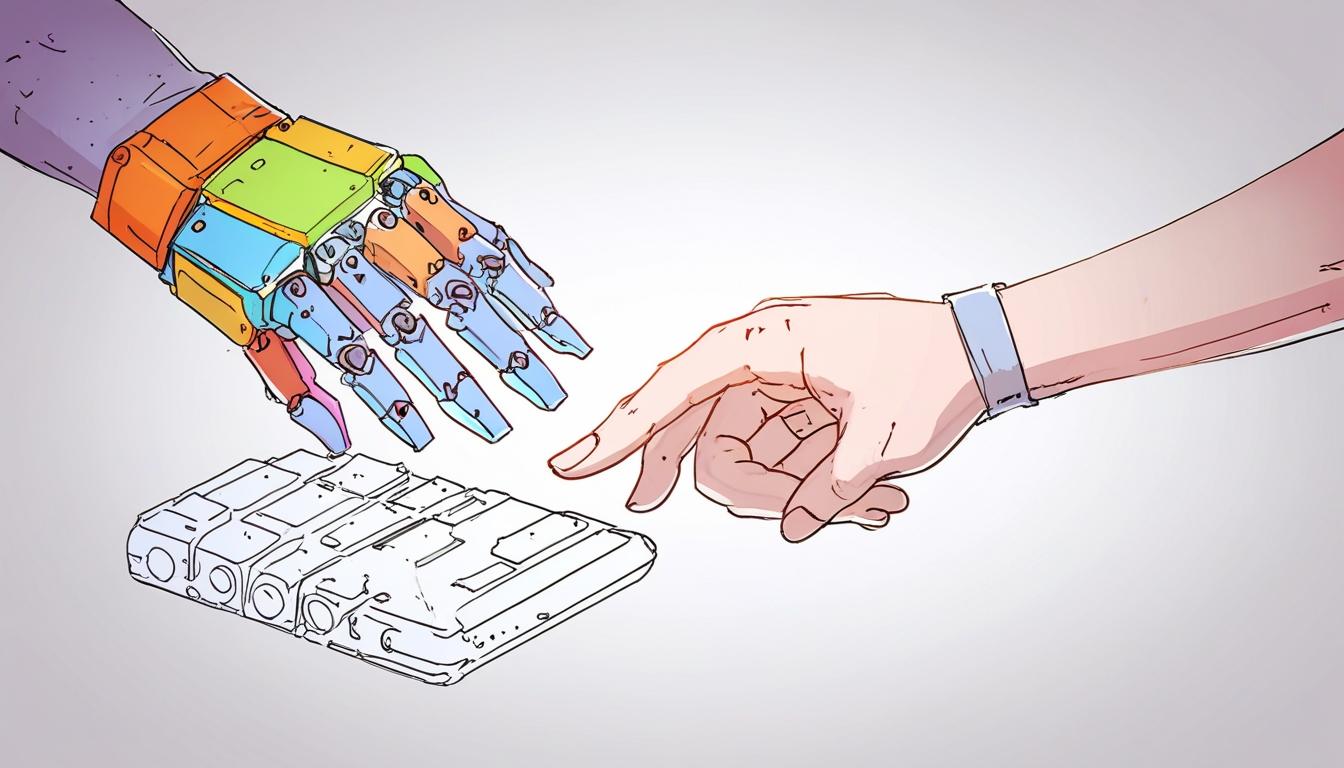Thoughtworks has released its 32nd Technology Radar, focusing on generative AI and evolving software practices, emphasising the importance of balancing innovation with human oversight.
Thoughtworks, a prominent global technology consultancy, has released its 32nd edition of the Technology Radar, detailing the latest trends and innovations in the technology landscape. This biannual report is informed by the consultancy’s direct experiences addressing complex business challenges for its clients.
The Technology Radar 32 emphasises the considerable influence of generative AI, while also spotlighting various technologies, tools, and methodologies that are transforming software development practices. Key highlights from this edition include the practical deployment of AI, advancements in observability practices, and the crucial role of data management in contemporary systems.
Rachel Laycock, Chief Technology Officer of Thoughtworks, remarked, “The Thoughtworks Technology Radar has always been a guide to the technologies shaping our industry. This edition is particularly insightful, highlighting the need to balance the excitement around generative AI with a pragmatic approach to its adoption.” Laycock underlined the importance of foundational elements in software delivery, such as data product thinking and evolving observability, which are critical for creating resilient systems.
The current report features more than 100 “blips” that detail an array of tools, techniques, platforms, languages, and frameworks. Four main themes capture significant narratives that emerged during its development:
-
Supervised agents in coding assistants: The report highlights advancements in AI coding assistants, which have started to function within Integrated Development Environments (IDEs), assisting with code modification and error correction. However, the report advises caution regarding reliance on AI-generated code, stressing the necessity for human oversight in guiding these AI agents during their operations.
-
Evolving observability: The concept of observability is undergoing significant evolution due to the intricacies of distributed system architectures. There is a heightened focus on tools for monitoring AI performance, particularly concerning Large Language Models (LLMs). The report notes an increased adoption of OpenTelemetry, signalling the growing recognition of the essential role that observability plays in the industry.
-
R in RAG: The retrieval aspect of Retrieval Augmented Generation (RAG) is marked as a critical development area. This focuses on refining LLM prompts to yield relevant outputs, introducing innovative methods such as corrective RAG, Fusion-RAG, and Self-RAG, which aim to optimise retrieval processes and enhance the capabilities of generative AI.
-
Taming the data frontier: In data management, the emphasis is shifting from merely handling data volume to managing rich and complex datasets. The report highlights the importance of “data product thinking” to improve the usability and value of data for AI applications and analytics.
The report also intersects with discussions around “vibe coding,” a concept posited by tech leaders including Dainius Kavoliūnas, Head of Hostinger Horizons. Vibe coding, which allows users to create and edit software using AI-driven instructions, raises questions about the evolving role of developers. While some anticipate a potential for AI to supplant developers, Kavoliūnas argues that this evolution presents increased opportunities for those willing to adapt.
He states that tools like Hostinger Horizons and Lovable empower individuals without programming knowledge to create functional applications, thereby shifting the landscape of software development. Yet, Kavoliūnas insists that human oversight remains indispensable. He points out that current large language models (LLMs) possess limitations, such as generating code based solely on patterns without understanding the context deeply.
As AI coding tools continue to advance, the role of developers is expected to evolve, requiring greater expertise in overseeing AI outputs, integrating various AI solutions, and addressing unique challenges. This shift will necessitate that developers acquire skills in AI literacy, code analysis, and problem-solving to remain relevant in the job market.
Furthermore, the increasing integration of AI across various sectors highlights a collaborative future, where the synergy between human ingenuity and AI capabilities is pivotal. The achievements of AI in solving mundane tasks are allowing professionals to concentrate on more innovative and unique challenges, thereby reshaping the landscape of work across industries.
Source: Noah Wire Services
- https://www.thoughtworks.com/content/dam/thoughtworks/documents/radar/2025/04/tr_technology_radar_vol_32_en.pdf – This URL provides the full report of Thoughtworks Technology Radar 32, detailing the latest trends and innovations in the technology landscape, including the influence of generative AI and advances in observability.
- https://www.thoughtworks.com/en-us/radar – This webpage offers an overview of the Thoughtworks Technology Radar, highlighting key themes such as supervised agents in coding assistants and evolving observability, supporting the article’s insights into these trends.
- https://www.thoughtworks.com/radar/platforms – This URL gives specific details on platforms highlighted by Thoughtworks, such as DeepSeek-R1 and Deno, which relate to the advancements in AI and software development practices mentioned in the article.
- https://www.hostinger.com/blog/hostinger-horizons – This URL discusses Hostinger Horizons, a platform that uses AI to assist in creating and editing software, aligning with the concept of ‘vibe coding’ mentioned in the article.
- https://www.open-telemetry.io/ – This webpage details OpenTelemetry, which is highlighted in the report as an essential tool for enhancing observability in distributed architectures and large language models.
- https://github.com/deeplanguage/DeepSeek/blob/main/docs/README.md – This URL provides information about DeepSeek’s models, such as DeepSeek-R1, which is discussed in the context of innovative AI models and their applications in the article.
Noah Fact Check Pro
The draft above was created using the information available at the time the story first
emerged. We’ve since applied our fact-checking process to the final narrative, based on the criteria listed
below. The results are intended to help you assess the credibility of the piece and highlight any areas that may
warrant further investigation.
Freshness check
Score:
8
Notes:
The report is part of a biannual series and highlights contemporary trends, indicating recent publication. However, the absence of a specific release date or a check for repeated content from previous editions reduces the score slightly.
Quotes check
Score:
9
Notes:
Quotes from well-positioned individuals like Rachel Laycock and Dainius Kavoliūnas are included, but there is no clear confirmation of when these quotes were first made. The lack of existing online references may suggest these are original uses, which is favorable.
Source reliability
Score:
7
Notes:
The narrative originates from Thoughtworks, a well-known tech consultancy. However, it lacks direct attribution to a widely recognised news agency or publication, which typically carries more authority.
Plausability check
Score:
8
Notes:
The claims about AI’s influence and other tech trends are plausible given current industry discussions. The report’s focus on key themes such as generative AI and observability aligns with contemporary technological advancements.
Overall assessment
Verdict (FAIL, OPEN, PASS): PASS
Confidence (LOW, MEDIUM, HIGH): MEDIUM
Summary:
The report appears to be fresh and relevant, with plausible claims aligned to current industry trends. While it originates from a reputable consultancy, the lack of direct attribution to a major news source reduces confidence slightly. Quotes from industry figures are provided without clear prior usage online, suggesting originality.













